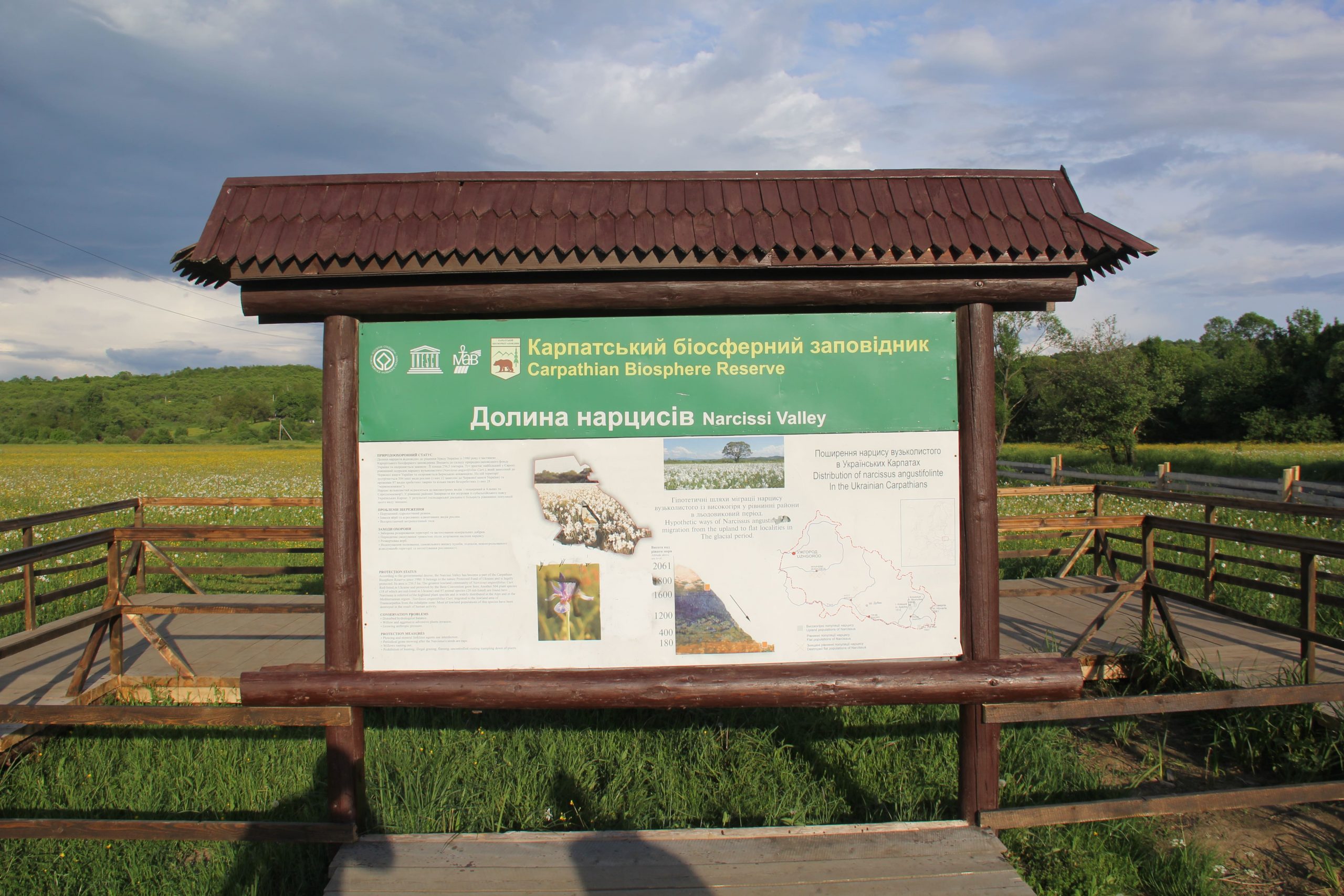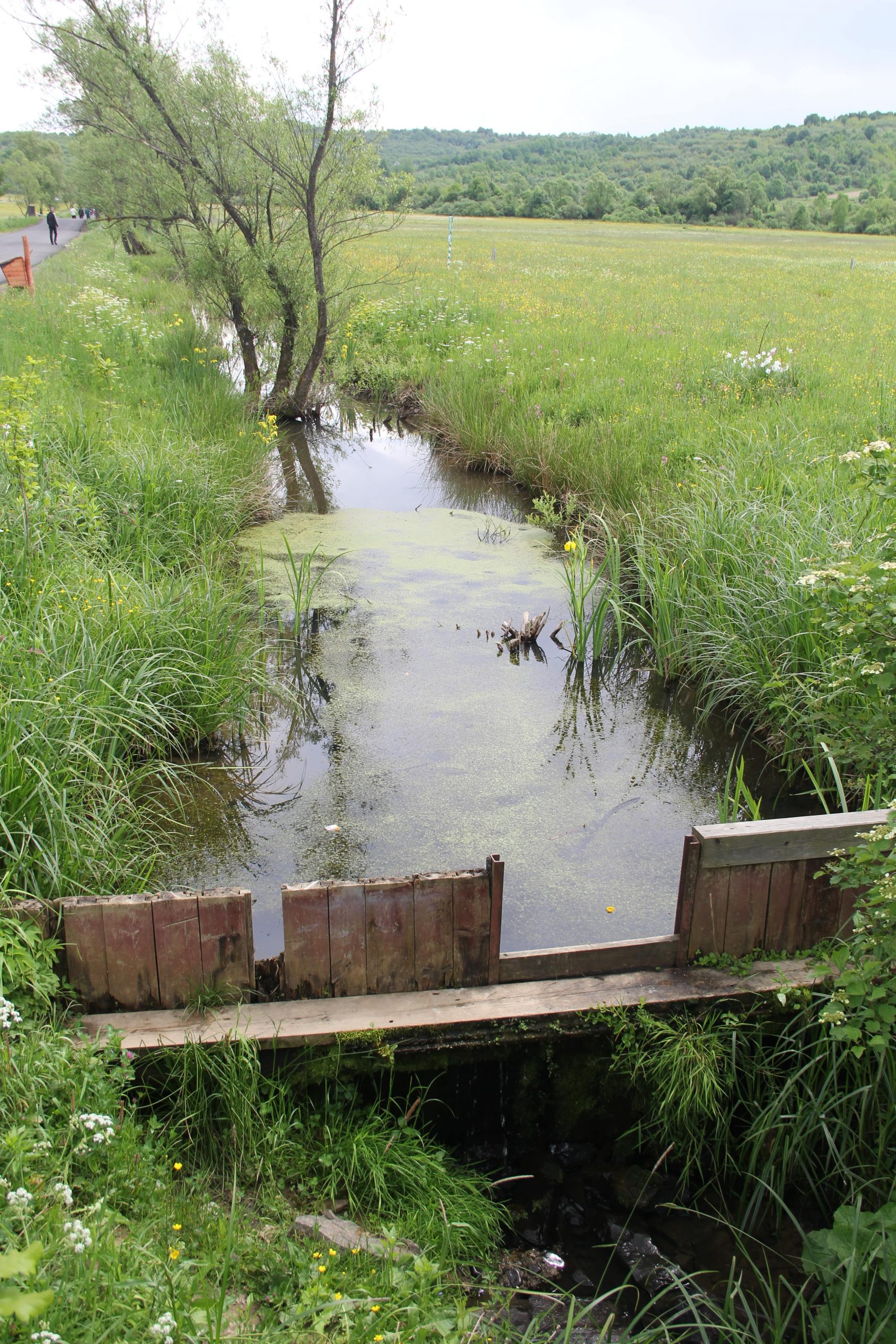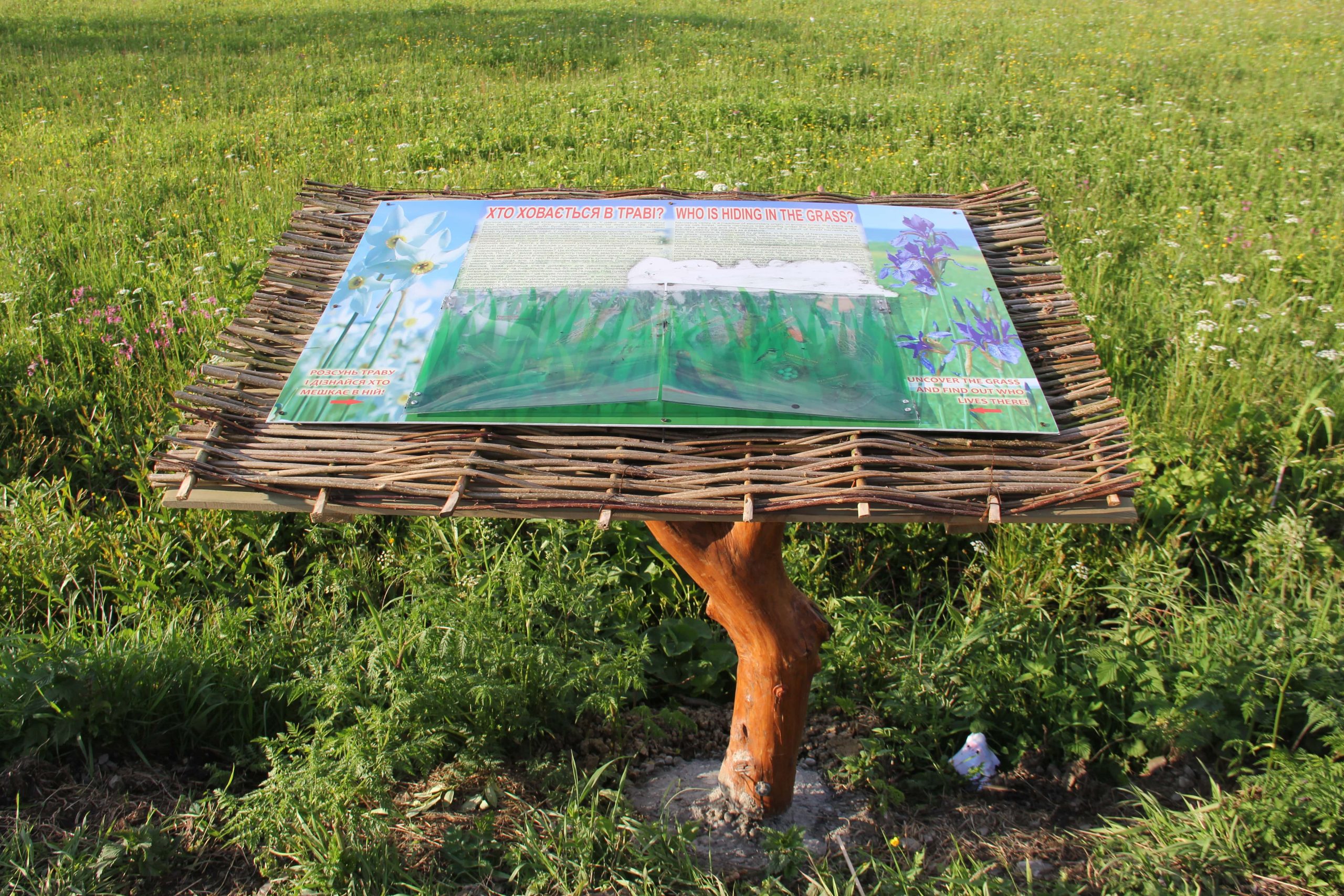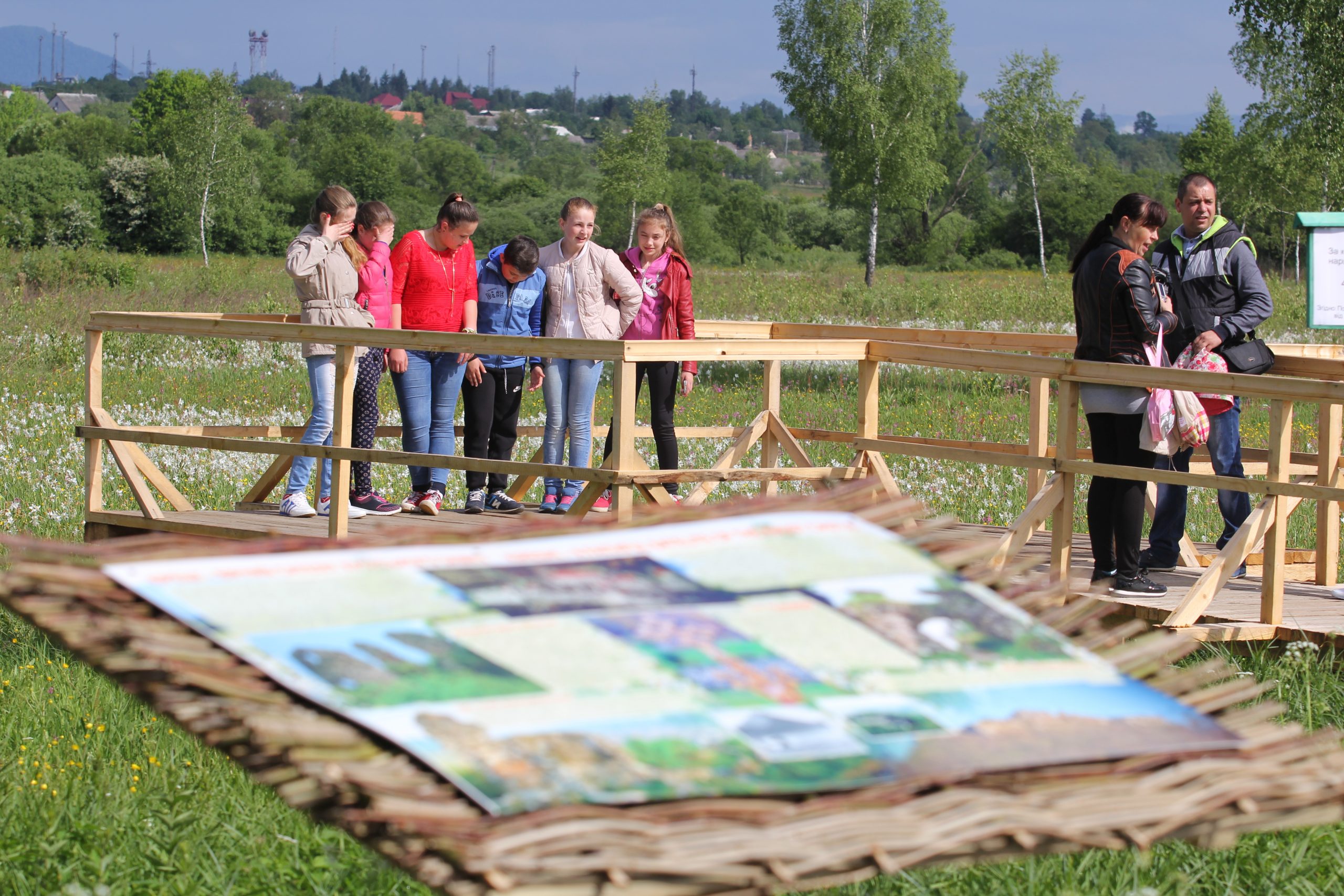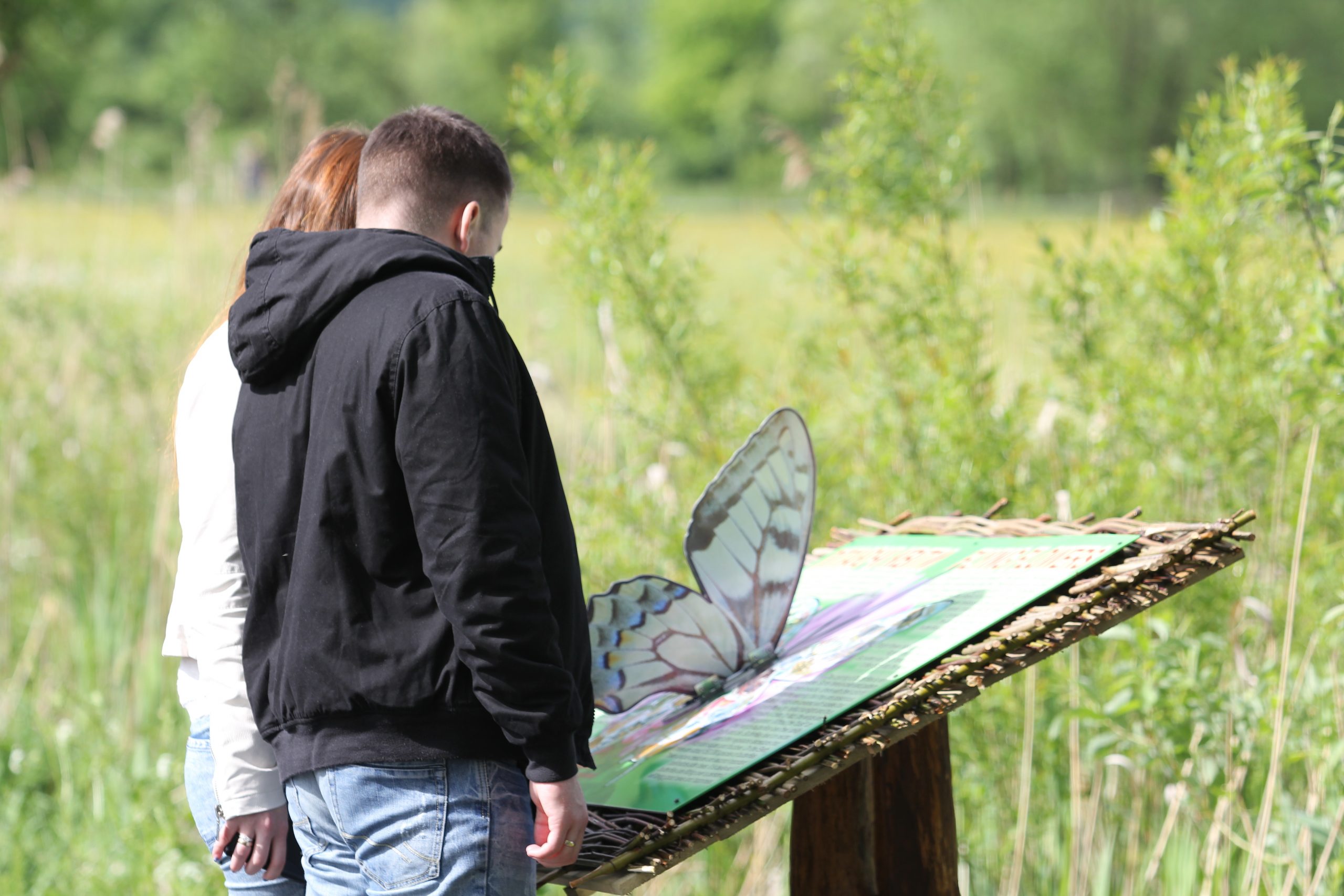Through the Narcissus Valley
-
Difficulty
simple -
Distance
1,9 km -
Duration
1,5 h
-
Museum of Narcissus Centre
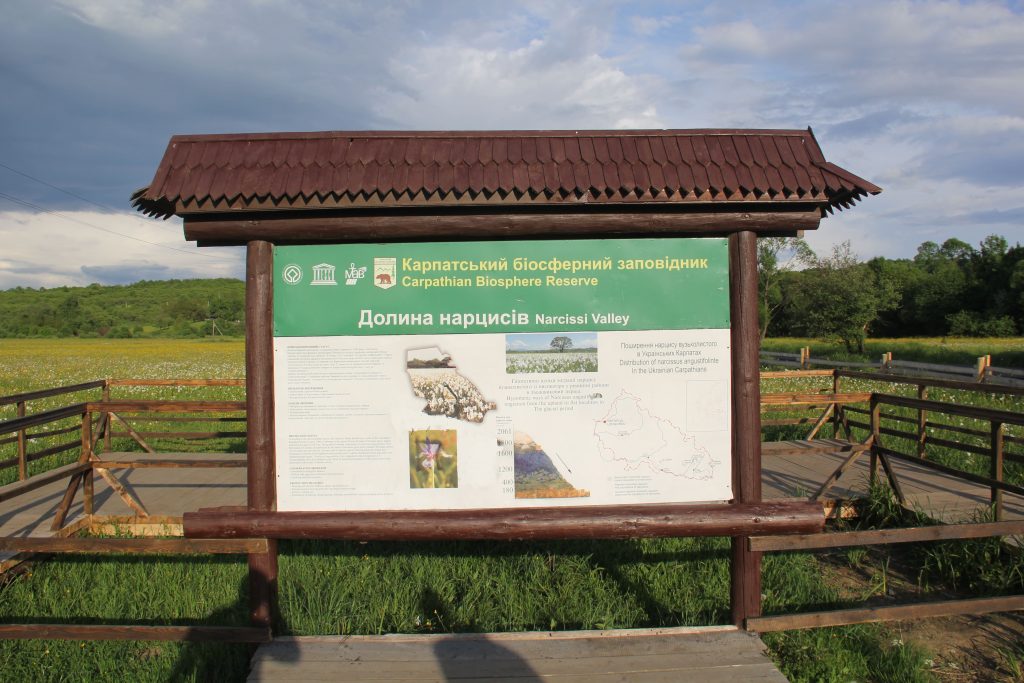
,
The ecological trail starts near the building of the Museum of Narcissus ecological and educational centre. At the information stands you can get acquainted with the history, species of flora and fauna of the area. There is a photo area at the entrance, depicting the peak flowering of the narcissus field.
-
Hydrological flood-gate
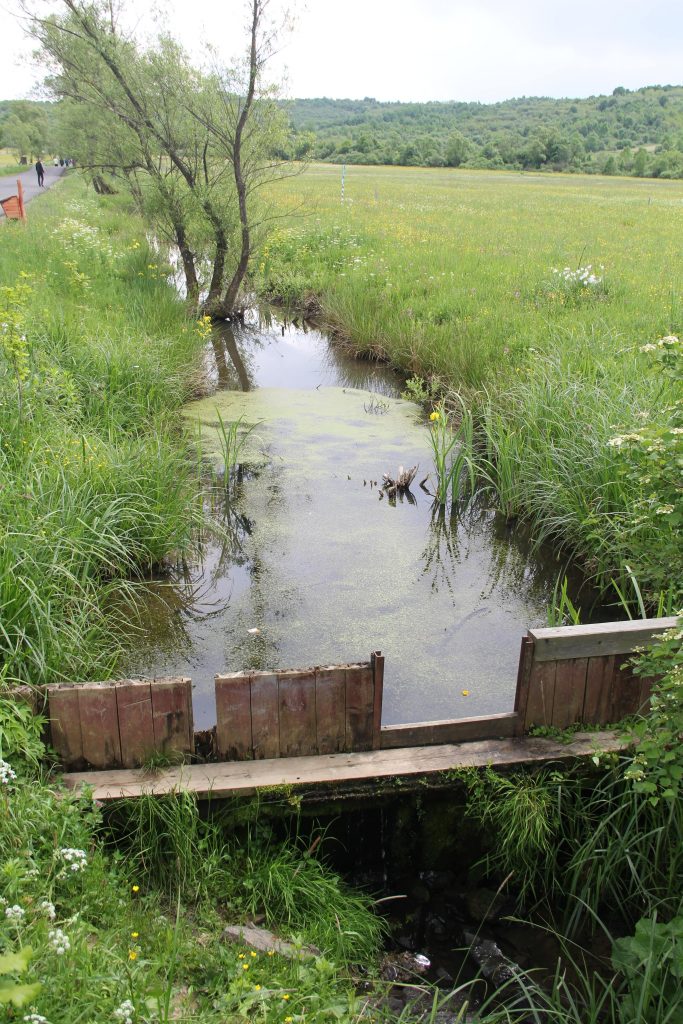
,
The first view point is the hydrological flood-gate. Information about its purpose and role in the system of environmental measures aimed at raising the groundwater level is covered in detail by the stand “Why does the Narcissus Valley need a hydrological flood-gate?”
-
Legend about the narcissus field
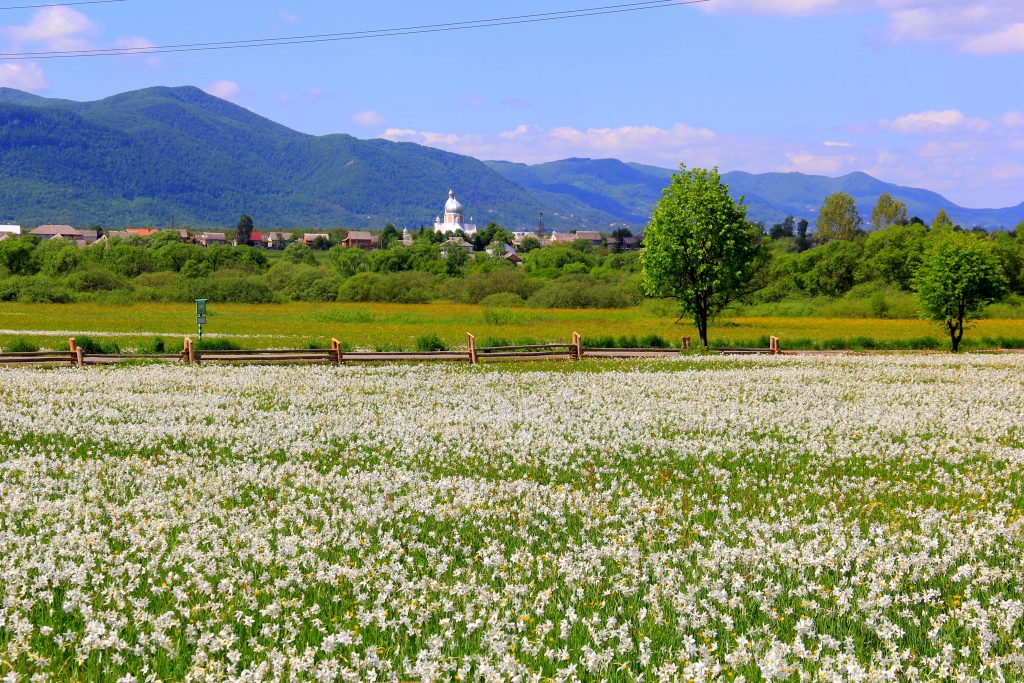
,
The trail leads to the information stand “Flower of Poetry and Legends”. Here, you should take a good look around – the palce near the stand offers a beautiful panorama of Mount Zamkova (“Castle Hill”) with the ruins of Khust Castle against the background of narcissus thickets. The stand tells one of the local legends about the narcissus field.
-
Observation deck 1
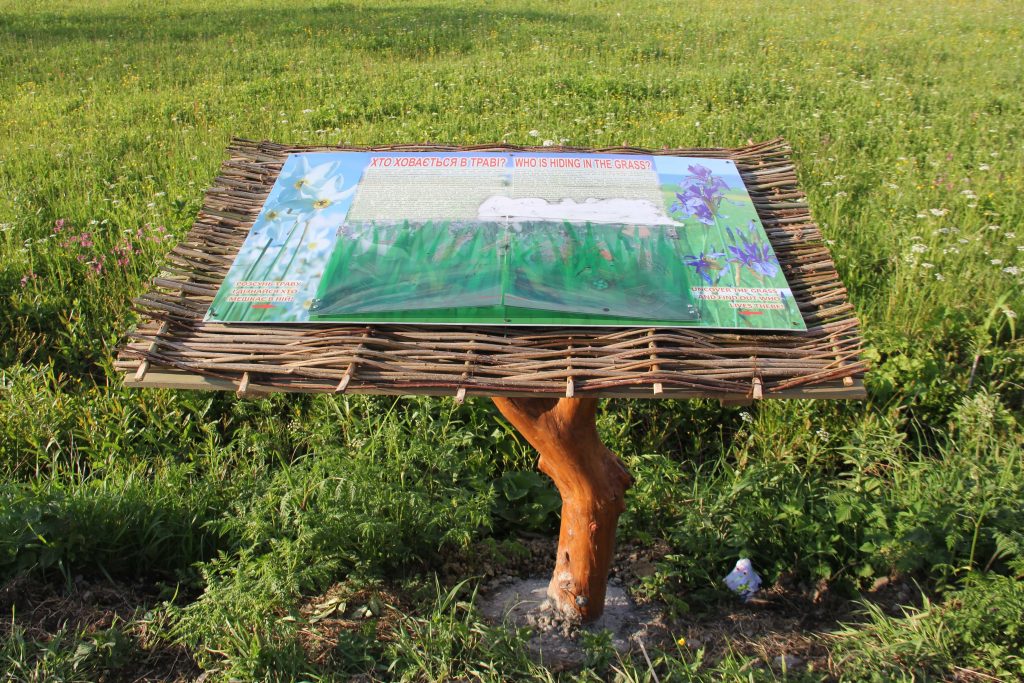
,
The first observation deck is cut into the thickets of Narcissus angustifolius on the right side of the road. Here, you can feast your eyes on the flowers and enjoy the redolent aroma of wild narcissus. Nearby, there is an interactive maquette “Who is hiding in the grass?” installed, revealing the secrets of the inhabitants of the meadow ecosystem.
-
Observation deck 2
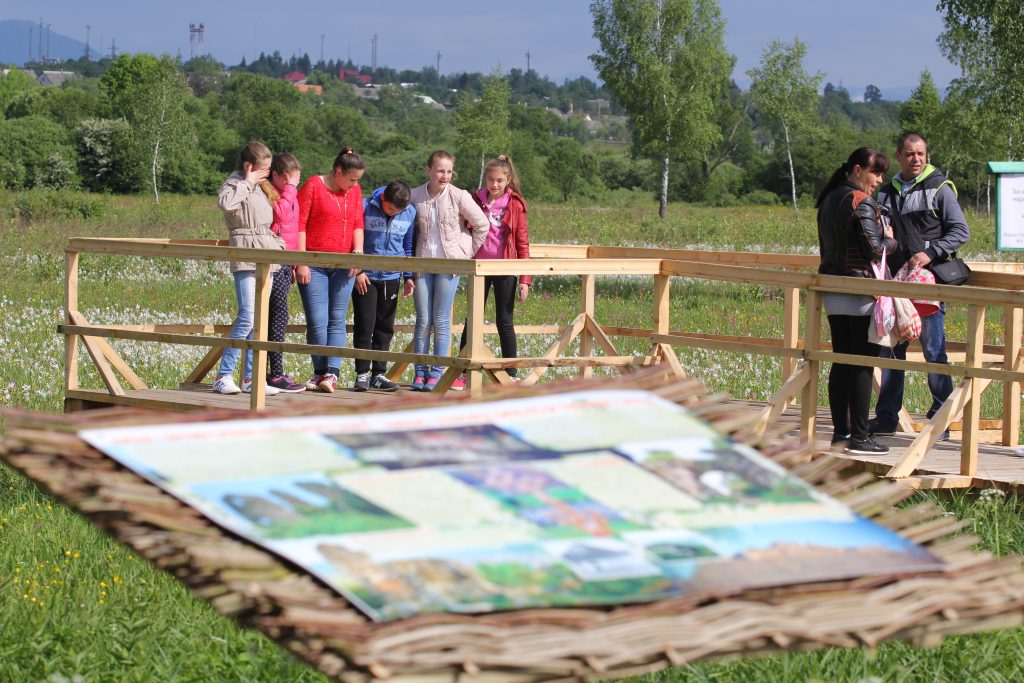
,
The second observation deck is located at the T-junction of the asphalt road. The ecological trail goes to the left. There is an informational art panel and photo area here. Nearby, narcissus thickets approach just to the road. Remember not to deviate from the route. The flowers are susceptible to trampling and need to be preserved.
-
Observation deck 3
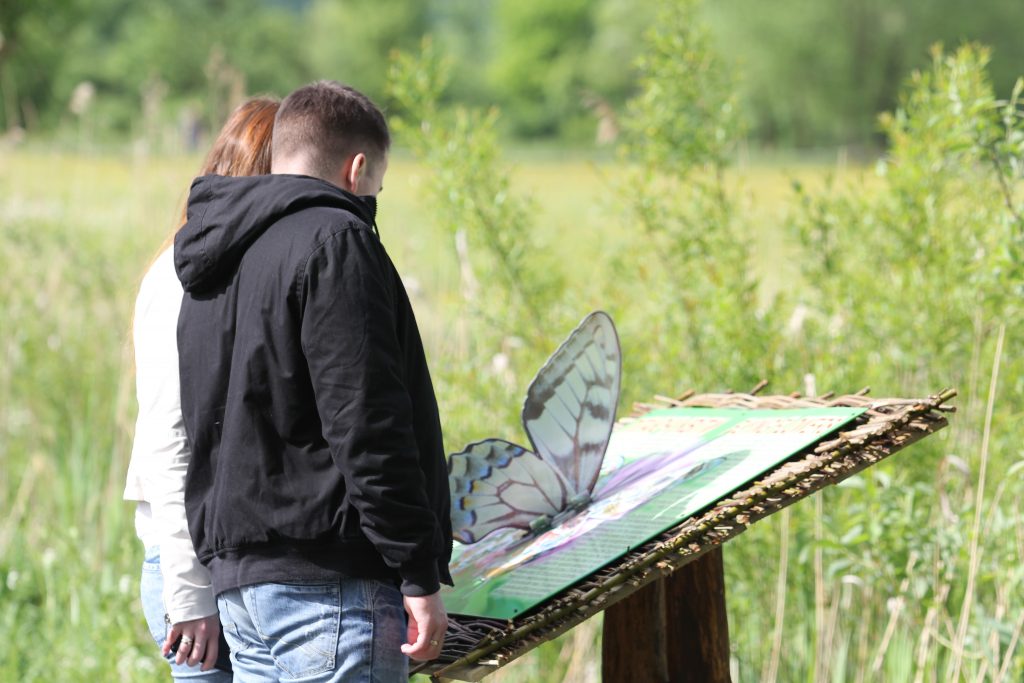
,
On the way to the third and the last observation deck the landscape is quite monotonous: meadows with typical vegetation and manifestations of successive changes (overgrowing with willows), at some places there are white spots in the field, which can be seen up to the mountain spurs in the east and northeast and outskirts of Kireshi village in the northwest. Butterflies are fluttering tirelessly over the meadow. The interactive model “Flying Flowers”, installed on the roadside, will help to find out their names.
The third observation deck overlooks the village of Kireshi. The history of its origin and development is described on the stand “Kireshi – a faithful satellite of Khust Castle”.
In the territory of the Narcissus Valley it is especially important:
- Not to deviate from the route!
- Not to go into the thickets of Narcissus angustifolius!
- Not to take photos in the narcissus thickets!
Deviation from the route.
Damage to natural objects.
Breeding hearths in places not designated for this purpose, smoking when passing through forests.
Felling and damage to trees plucking flowers, collecting medicinal plants.
Hunting for animals, destruction of their habitats.
Catching fish by any means.
Stay with firearms.
Territory littering, noise.
Report to the Ministry of Emergencies before you go on a hike, so that rescuers can find you quickly and in time if something happens. This requires only two steps:
-
Fill out the online form
Fill in the online form to inform the mountain search and rescue units about the planned trips to the mountains.
Online form -
Save the contacts of rescue units
Make a note in your mobile phones of the mountain search and rescue units of the area in which you are going to travel.
Contacts of divisions


